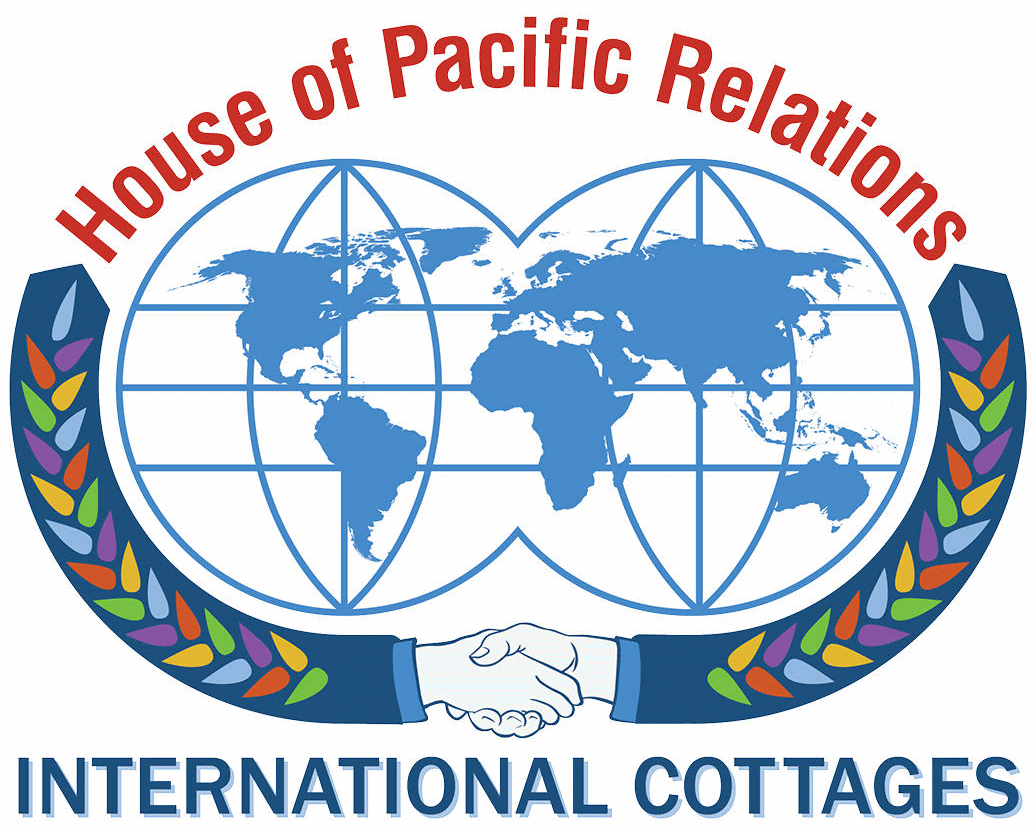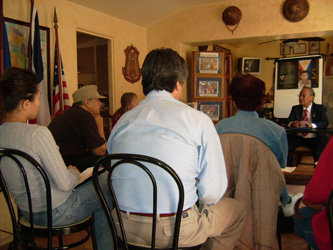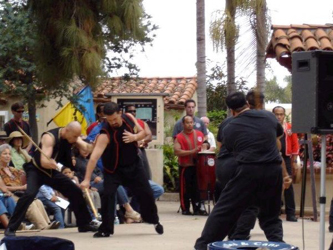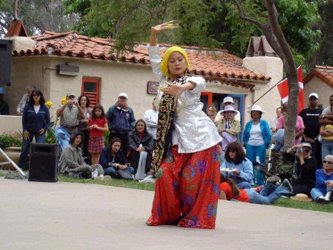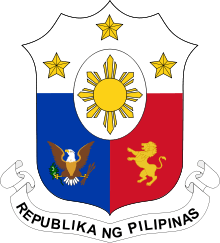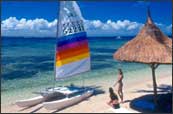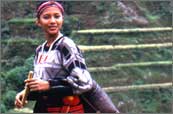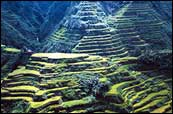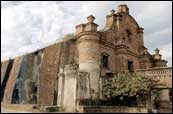
|
CULTURAL PROGRAMS |
|
The House of the Philippines is a place to learn about the history, culture and people of the Philippines. Author Series Workshops For more information, visit the House of the Philippines website. |
||
| |
||
|
CULTURAL EVENTS |
|
Lawn Program: The entertainment consists of dancing by a Philippine dance group, singing by choral groups and performances by community celebrities. Typical Foods served are pancit (noodles with meat and vegetables), lumpia (beef or vegetable rolled in a flour wrap), adobo (pork or chicken prepared in vinegar and soy sauce) and leche flan (custard). Food Fairs: Foods served on Sundays: |
||
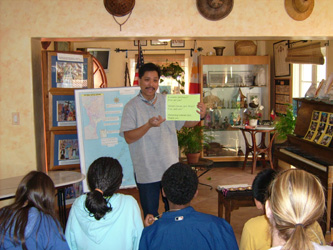 |
CHILDREN'S PROGRAMS |
|
One or two members welcome school children on certain Fridays. They inform the children about the history and culture of the Philippines and also of Filipino-Americans. They show maps, and explain the ancient Philippine alphabet, costumes and art. |
||
|
HISTORICAL NOTES |
|
Geography: About 90% of the population is living on just eleven islands. There are twenty volcanoes on the islands, of which twelve are more or less active. Located in the Pacific “Ring of Fire”, earthquakes and volcanic eruptions periodically occur. The climate is mild and tropical in Manila. The average rainfall is 75 inches, average temperatures range from 78 to 90 degree F. and 77% humidity. History: In 1942 General Douglas McArthur was ordered out of the Philippines and proclaimed his famous words “I shall return”. He fulfilled that promise in 1944 to liberate the Philippines from Japanese occupation. Cultural Notes: Christianity was introduced to the Islands in the 16th Century and the country is predominantly Christian. Islam is practised in the southermost island of Mindanao The Philippines is one of few or maybe the only English proficient Asian country, Filipino and English are official languages, plus over a hundred native languages. The word boondocks is derived from the Tagalog word “bundok” which means “mountains”. It was used by the American soldiers in the 1900’s, it referred to remote and wild places. The people of the Philippines are legendary for their hospitality in Southeast Asia. Visitors from all over the world will experience a warm and friendly acceptance. |
||
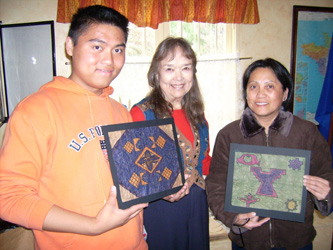 |
FUTURE PLANS |
|
The House of the Philippines is continually working with various community groups to develop educational and cultural programs to showcase Philippine culture and history through music dance and cottage displays. |
||
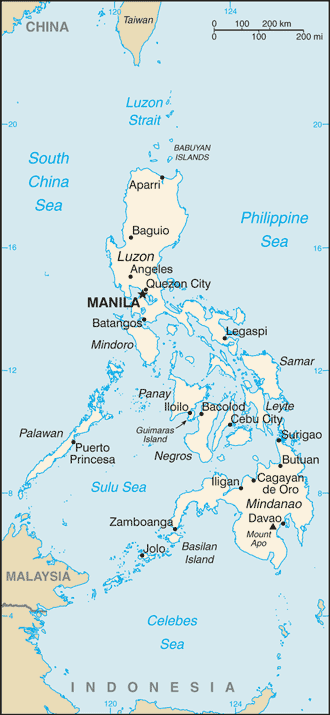 |
COUNTRY INFORMATION |
|
Land Area: 300,000 sq km
Source: The World Factbook - Philippines |
||
